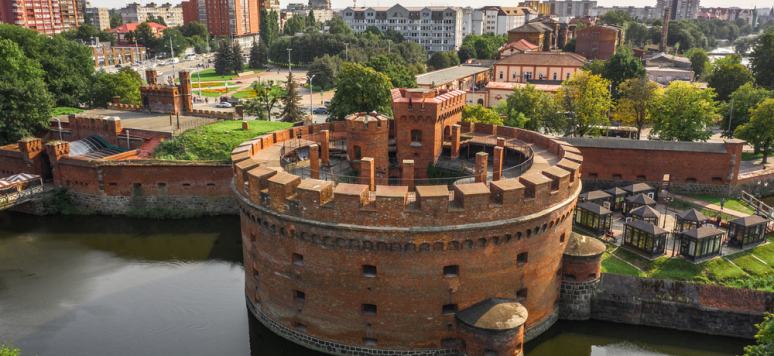Russie.Eurasie.Visions - Kaliningrad in the Post-Crimea Russia. A Bastion or a Weak Link? Russie.Nei.Visions, No. 124, Ifri, September 2021

Since 2014, Russia’s policies toward Kaliningrad Oblast—its westernmost region located between Lithuania and Poland and physically cut off from Russia’s main body—have undergone notable transformation. One crucial change was the inception of a policy aimed at remilitarization, which has led toward Kaliningrad’s (re)emerging as Russia’s military bastion in the west.
However different overall, this policy is to a certain extent reiterating Kaliningrad’s path prior to 1991 and the dissolution of the Union of Soviet Socialist Republics (USSR). At the same time, because of the “sanctions war”, Moscow has tried to decrease Kaliningrad’s strategic dependence on third countries in such critical and previously underdeveloped domains as transportation, energy, and food security.
This paper explains the logic of Russia’s behavior in pursuit of these costly and in many ways rather dangerous—in relation to the remilitarization approach—strategies. The research also strives to maintain a balanced view on successes achieved by Russia as well as its continuing weaknesses.
Dr Sergey Sukhankin is a Senior Fellow at the Jamestown Foundation and a Postdoctoral Fellow with North American and Arctic Defense and Security Network (Trent University, Canada).
This content is available in French: Kaliningrad, bastion ou maillon faible de la Russie post-Crimée ? [1]
It is also available in Russian: Калининград: бастион или слабое звено посткрымской России? [2]
